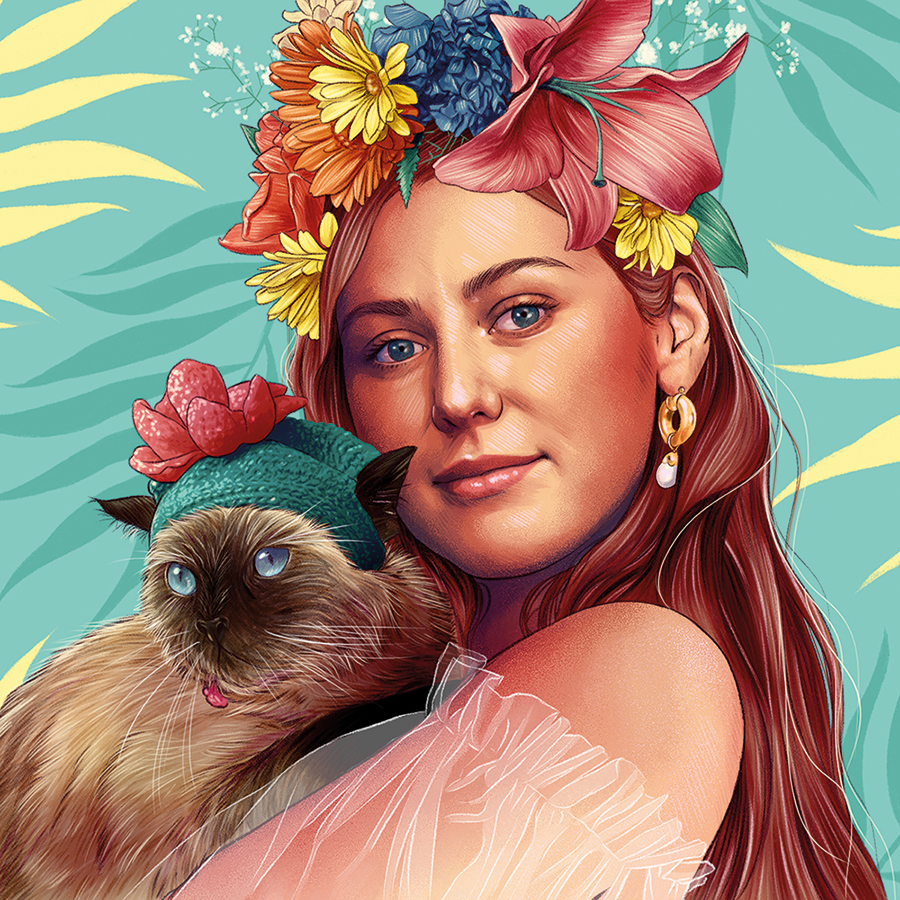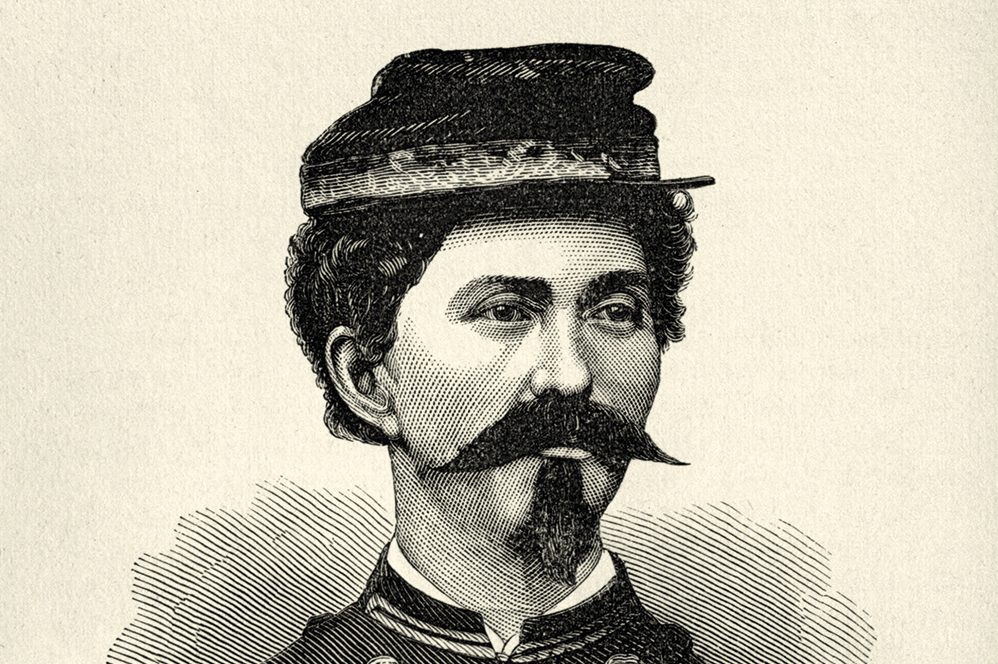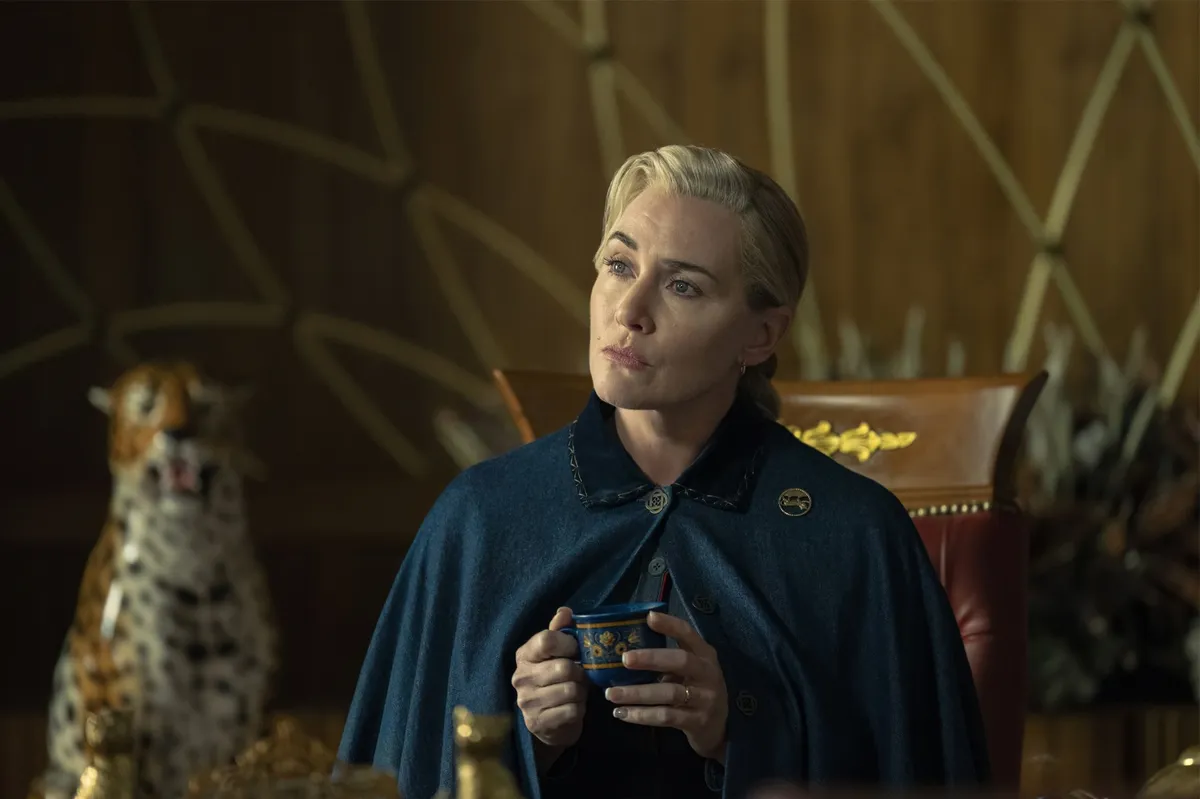Caroline Calloway — “It” girl, Instagram phenomenon, scammer, grifter — wants to give you some advice.
Except, like most things in Calloway’s world, it’s not that simple.
What she actually wants is for Elizabeth Wurtzel, author of Prozac Nation (1994), to give you some advice. But there’s just one problem: Wurtzel is dead.
No matter: Calloway is stepping in, updating Wurtzel’s unpublished advice guide with some of her own insights and social-media savvy. If this unbidden collaboration from beyond the grave sounds farfetched, that’s because it is. Elizabeth Wurtzel and Caroline Calloway’s Guide to Life is about as mad as you would expect from the self-published author of Scammers and no less extraordinary for it.
Of collaboration, Calloway knows a fair bit. Her first — and now infamous — collaboration was with her fellow NYU creative writing buddy Natalie Beach. Immortalized in an essay in the Cut, Beach describes being Calloway’s ghost writer, helping her to edit her Instagram captions from her time at Cambridge and co-authoring a book proposal which Calloway later sold for half a million dollars. According to Beach, the relationship turned sour when it emerged that there was only room for one person in the arrangement: “She was building a second version of herself in front of me and how could I compete with that,” she writes with a pathos that knows its own pointlessness. Calloway’s response to Beach, published on her website in 2019, not only outdid Beach in its daring but formed part of her bestselling memoir Scammer.
If there can be only one leading light in any collaboration, far better, then, to make the other unanswerable to the final edit. Guide to Life grapples with this question just as it breezily dismisses it: “I decided to republish as much of Wurtzel’s advice book as I could without breaking the law.” Admittedly, Calloway has never been troubled by risk. Instead, she produces an experimental broderie of a memoir that summons Wurtzel with its own irreverence. Using the pop-culture mediums of the listicle, illustration and advice column, Calloway deftly hopscotches along in the way you might scroll through a loosely curated Instagram story on someone else’s account (typos unredacted). Wurtzel may have missed the boat on social media — “she only had 12.9k Twitter followers!” — but Calloway loosely assembles her life with Instagram savvy, reminding her readers that she is simply producing “a breezy read when you need it most,” not the academic biographical exploration that Wurtzel “deserves.”
Did the two women, both dark intellectuals and self-confessed addicts — a category that Calloway defines in the first triptych of the book as “Cambridge Sads” — know each other? Yes and no. Wurtzel was aware of Calloway’s obsession with Prozac Nation, tweeting that she found it strange that Calloway owned not one but three copies that she “cracked open” in her dorm room at NYU. Calloway, for her part, describes the relationship as one of unidirectional fangirling, detailing how she managed to buy Wurtzel’s floor-length mink coat at an online auction before lying underneath it, hungover, in the fetal position, in a New York hotel room, “the park tulips sticking to my skin like damp, silky confetti.”
Like the park tulip petals, Wurtzel and Calloway stick to each other in strange ways. Both orbited a New York intelligentsia set that included Lena Dunham, Cat Marnell and Emily Gould. Both were connected to David Lipsky, the creative nonfiction professor at NYU whom Calloway and Beach fantasized about and Wurtzel eventually had an affair with. Both sought refuge from New York in Florida condos under the care of their mothers. But it is on mothers and daughterhood that the petals prove stickiest.
Leaving behind the guile and short form of the Instagram caption, Calloway produces prose that is lyrical and moving. “I’m obsessed with the way she writes about her Mom,” she says of Wurtzel, before moving into a detailed critique of working motherhood and its discontents: “Even in this current wave of feminism we still don’t have the language to parse and identify all the problems for wives and mothers at home.” The advice, when it comes, might be co-opted from narratives that are not her own, or even from the life of a woman she didn’t know, but who cares. Calloway is at her strongest when she crouches down in the lives of others, a haunting that can only come from having been ghost(written).
Calloway, once a child of Instagram, presents herself in Guide to Life as its now-jaded elder sister. Much of the advice she welds together with Wurtzel’s involves a nostalgia for a pre-internet age when it might, she hints, have been easier to finish the books you want to write (“DM me if you know a better way to finish a book!”), or form a romantic relationship without dating apps.
No longer the ingénue she was, Calloway has grown up enough to want to reach across the prelapsarian divide of the internet “using the black mirror of her phone” to grant Wurtzel the recognition that eluded her in life. The internet, Calloway notes, is an “invisible stadium” in which only the strongest can survive the laws of cancellation; a force “that follows her around like the opposite of a shadow” or “a strange unblinking sun.”
I finished Calloway’s book squinting, my eyes tired. A guide to life? Not so much. A show? Certainly.
This article was originally published in The Spectator’s April 2025 World edition.























Leave a Reply